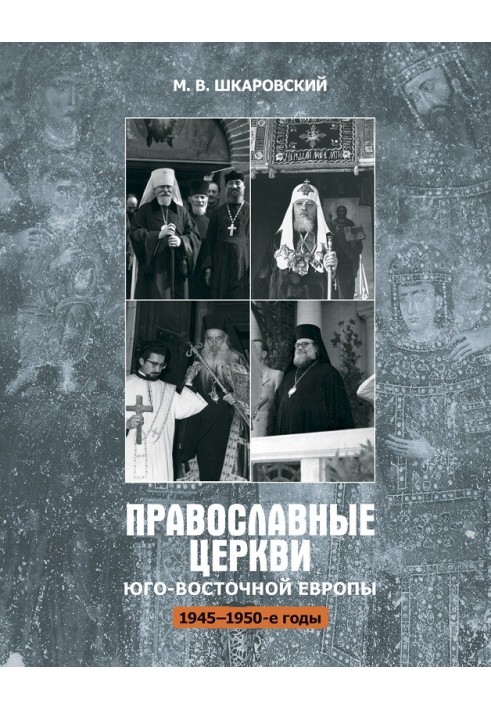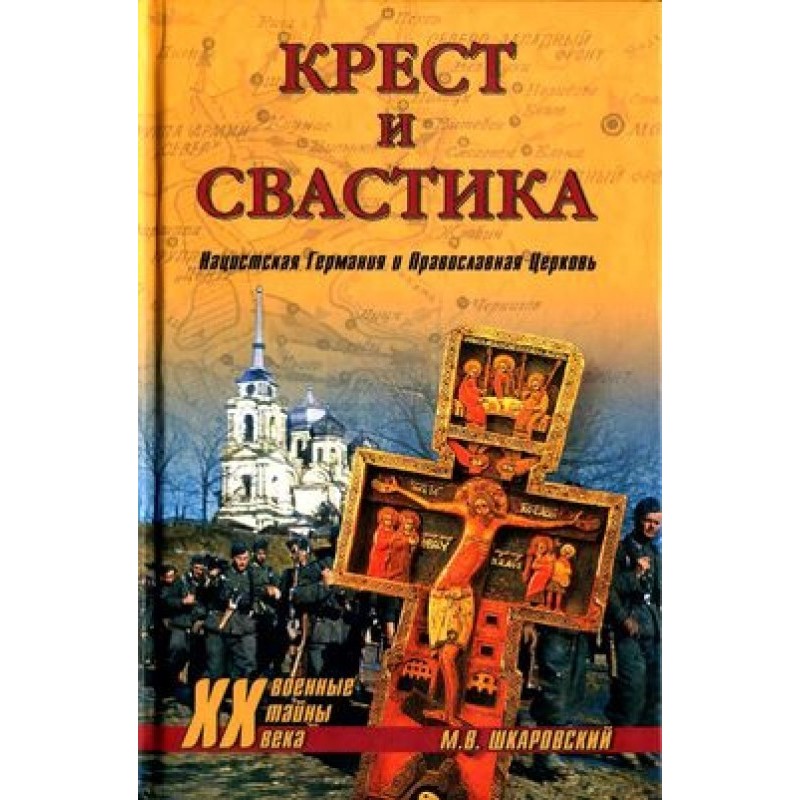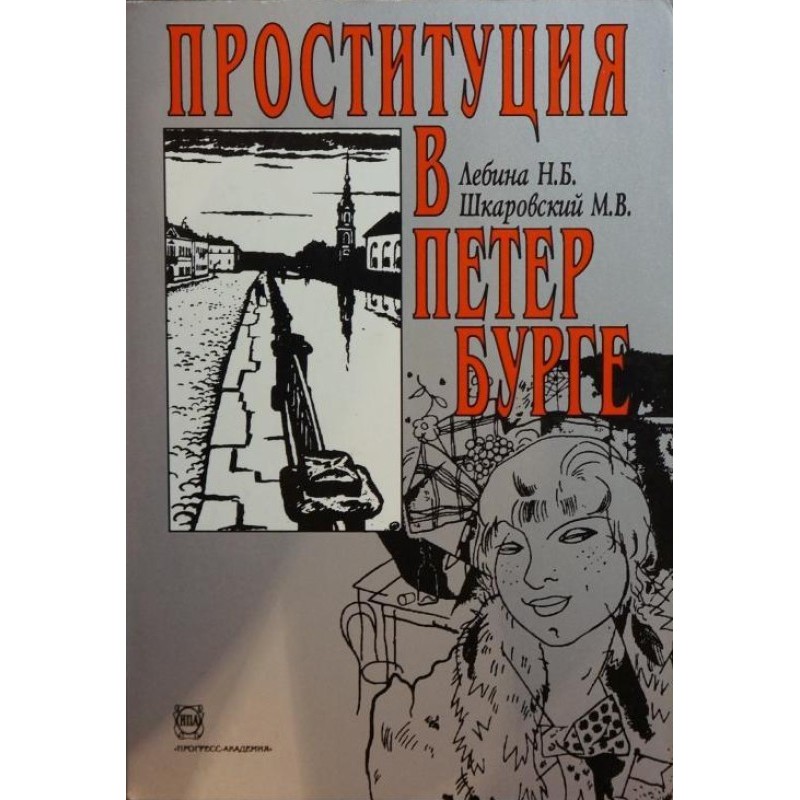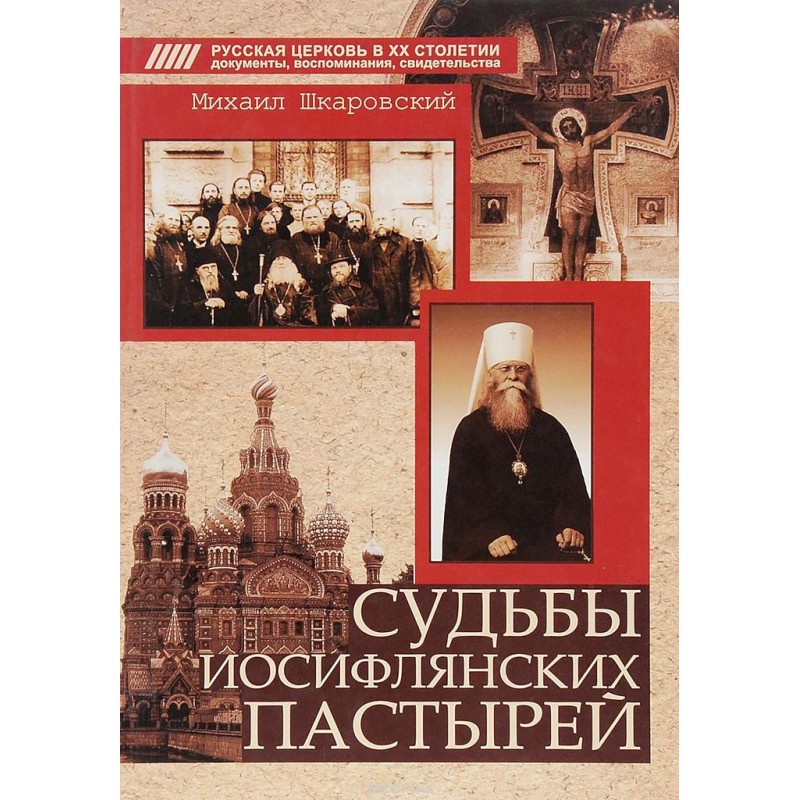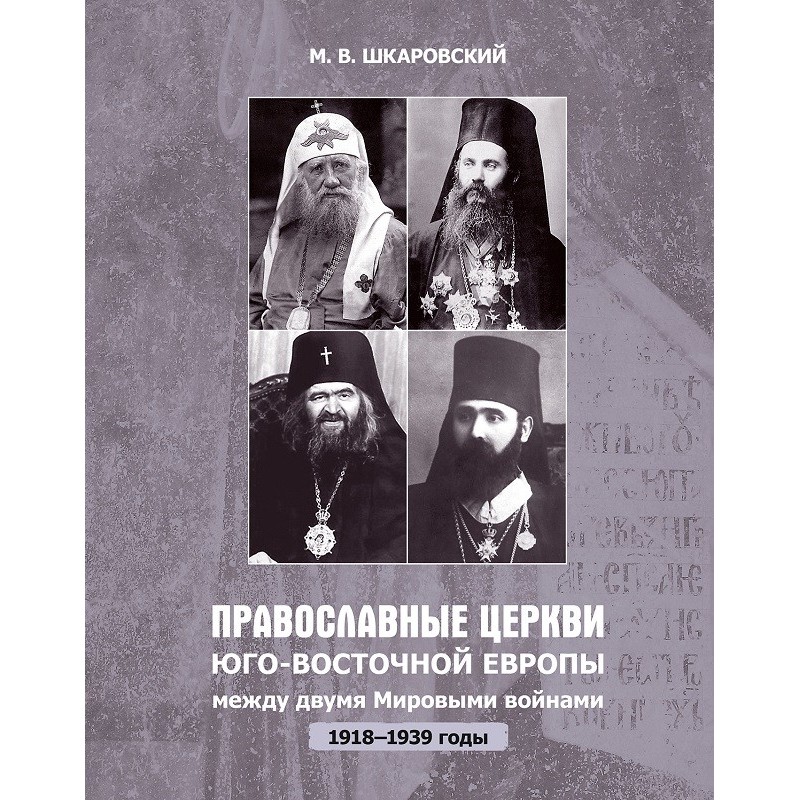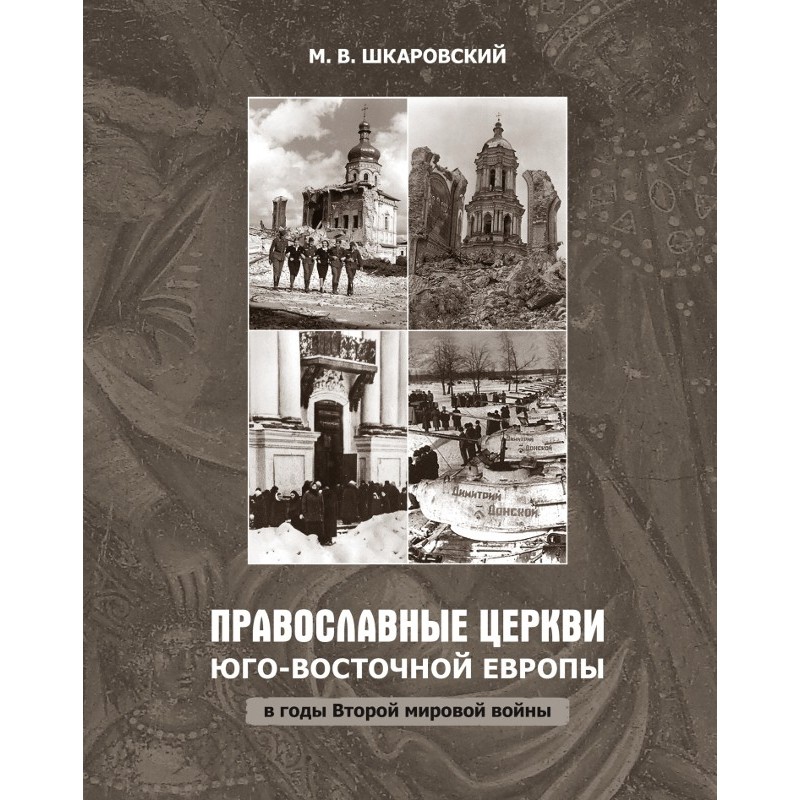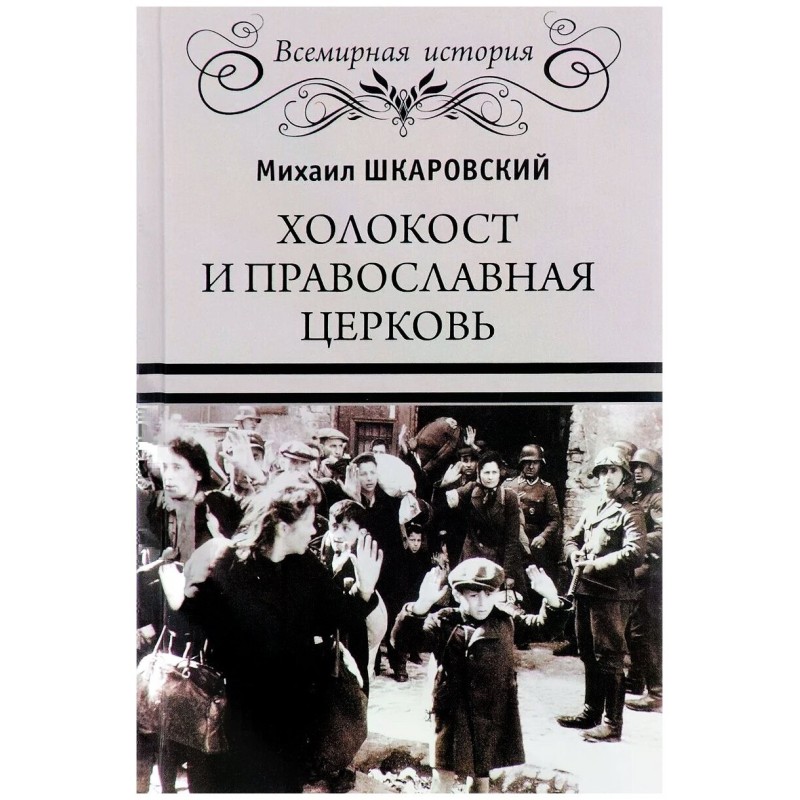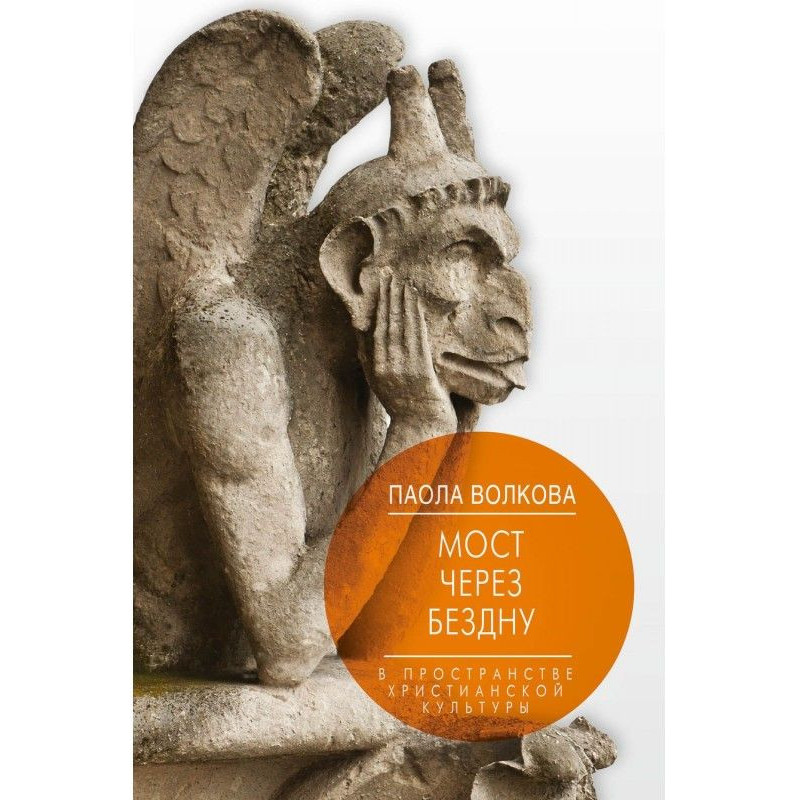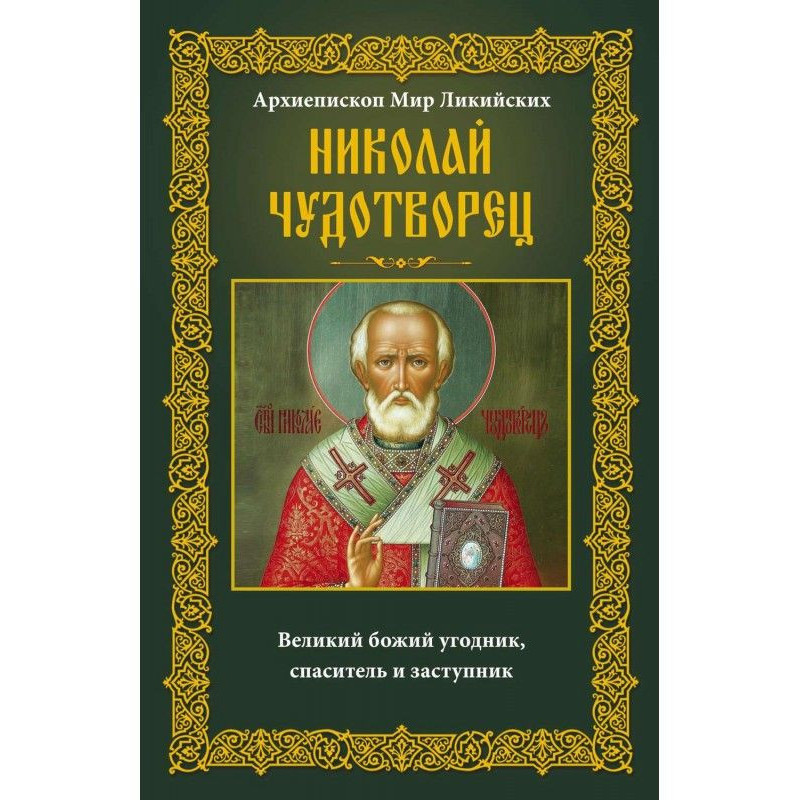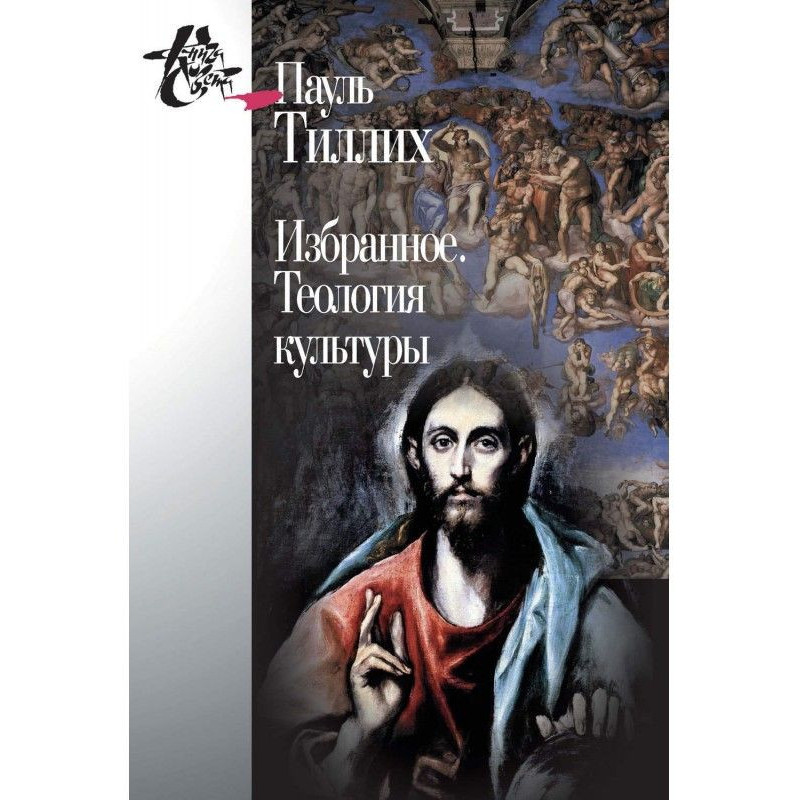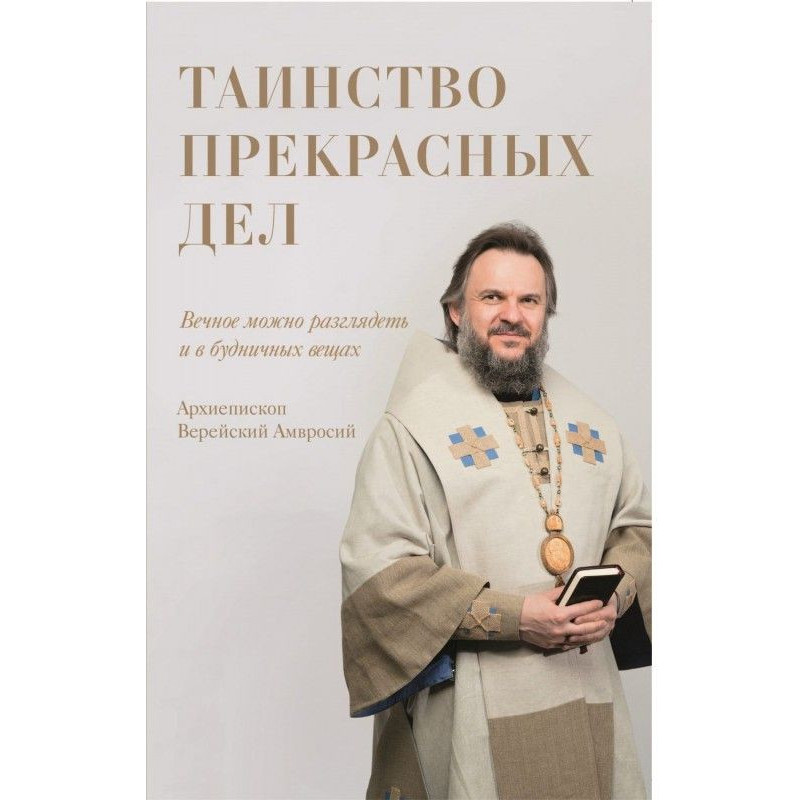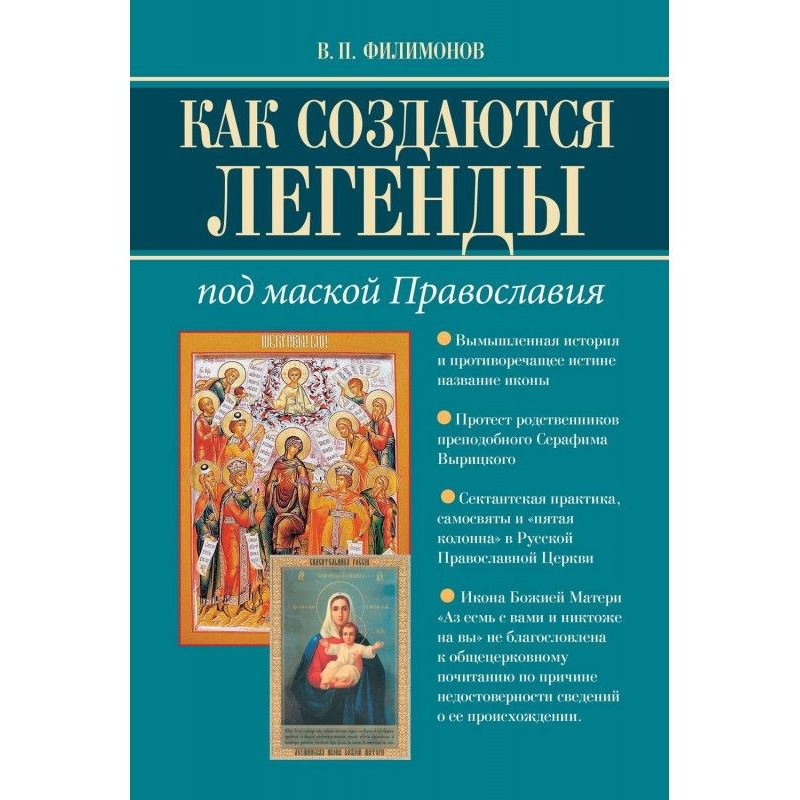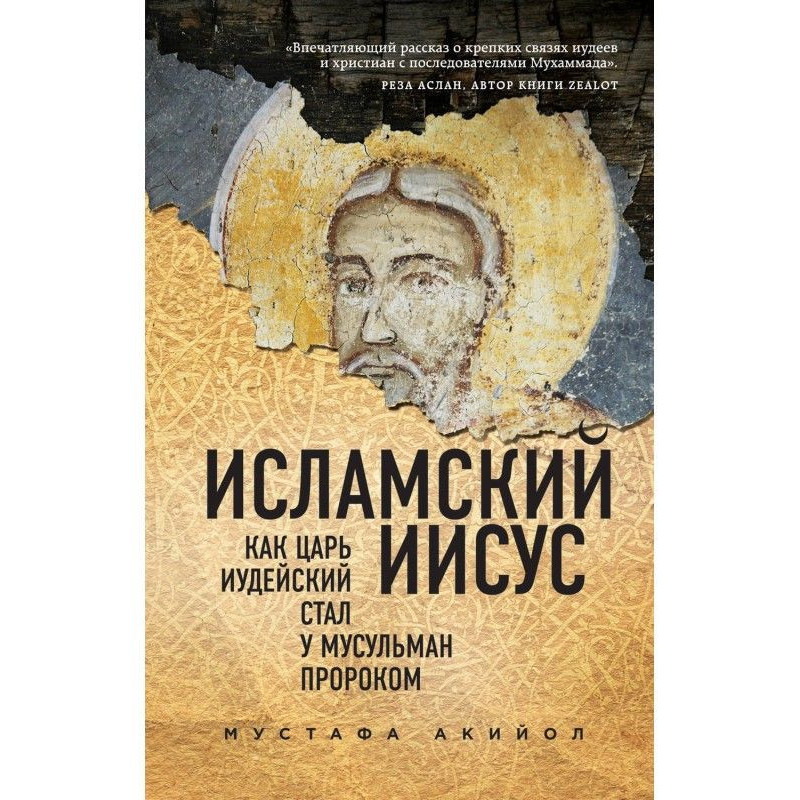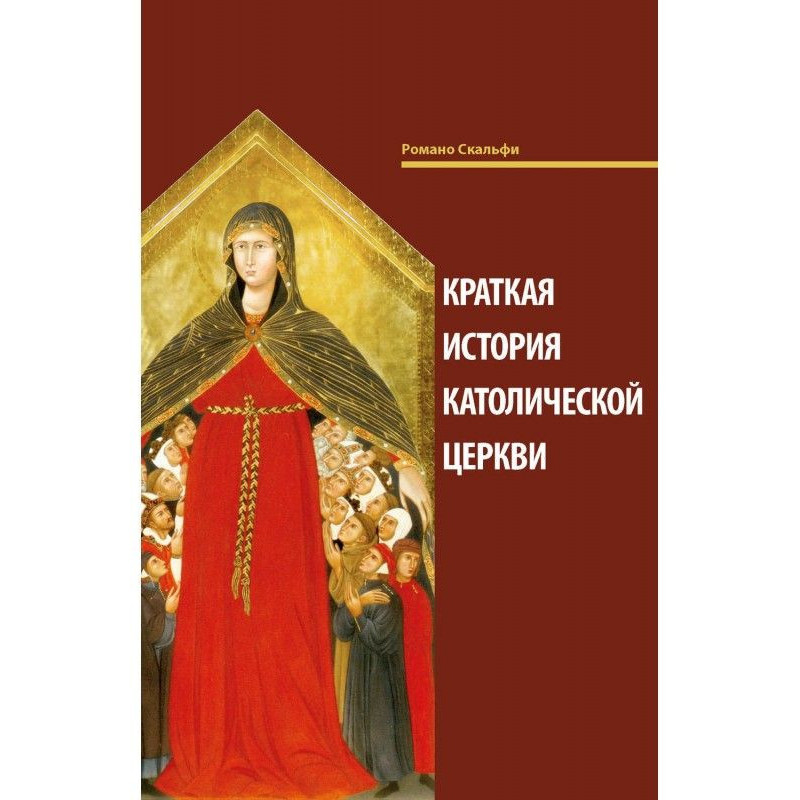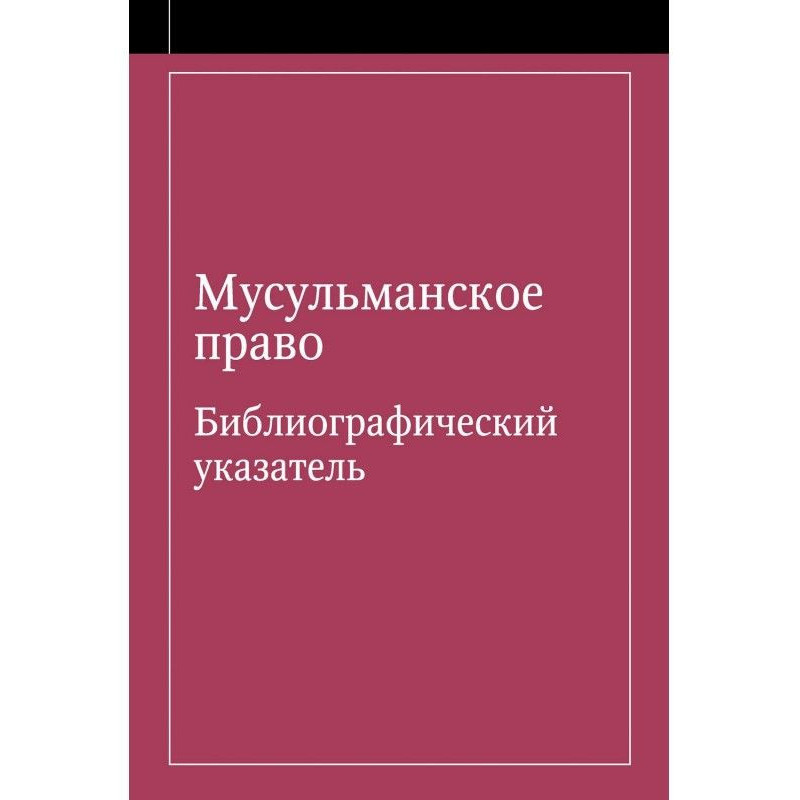Orthodox churches of South-Eastern Europe (1945 – 1950s)
 Instant download
Instant download
after payment (24/7)
 Wide range of formats
Wide range of formats
(for all gadgets)
 Full book
Full book
(including for Apple and Android)
The publication offered to the reader is dedicated to the rich and eventful history of the Orthodox Churches of South-East Europe in the first decade after the end of the Second World War. These years became noticeable in the history of a number of Local Orthodox Churches of the Balkan Peninsula. Most of them: Serbian, Bulgarian, Romanian, Albanian Churches were forced to exist in the conditions of the emerging socialist regimes and experienced various restrictions, and sometimes even persecution. In the second half of the 1940s. there was a struggle for leadership in world Orthodoxy between the Constantinople and Moscow Patriarchates; in the 1950s The Bulgarian Church acquired the status of Patriarchate; A new autocephalous Orthodox Church, the Czechoslovak Church, arose near the Balkans. In the first post-war decade, a prominent place was occupied by the relations of the Orthodox Churches of South-Eastern Europe with the Russian Church, to which special attention was paid in the work. Moreover, while the Moscow Patriarchate has significantly strengthened its influence and moved to a leading position in the Orthodox world, the Russian emigration, which previously played an important role in the development of church life in a number of countries, has largely lost it. The monograph is based on rich archival sources, in particular, materials from Bulgarian, Serbian, Greek, German, American, Russian and other archives. The book is intended for historians, clergy and anyone interested in the history of Christianity. The publishing layout is saved in PDF A4 format.
Data sheet
- Name of the Author
- Михаил Шкаровский Витальевич
- Language
- Russian
Reviews
Важливий внесок в історичну науку
Книга "Православні церкви Південно-Східної Європи (1945 – 1950-ті рр.)" є надзвичайно цінним джерелом для всіх, хто цікавиться історією православ'я в регіоні. Автор детально розглядає складні обставини, в яких опинилися церкви після Другої світової війни, що дозволяє читачеві зрозуміти не лише релігійний, але й соціально-політичний контекст того часу. Важливою частиною книги є аналіз боротьби за лідерство між Константинопольським та Московським Патріархатами, що відкриває нові перспективи для розуміння сучасних церковних відносин. Багатий архівний матеріал, використаний автором, надає глибини та достовірності викладеним подіям. Ця монографія стане незамінним ресурсом не лише для істориків, але й для священнослужителів та всіх, хто прагне глибше зрозуміти історію православ'я в Південно-Східній Європі. Рекомендую цю книгу всім, хто цікавиться релігійною історією та її впливом на суспільство!

